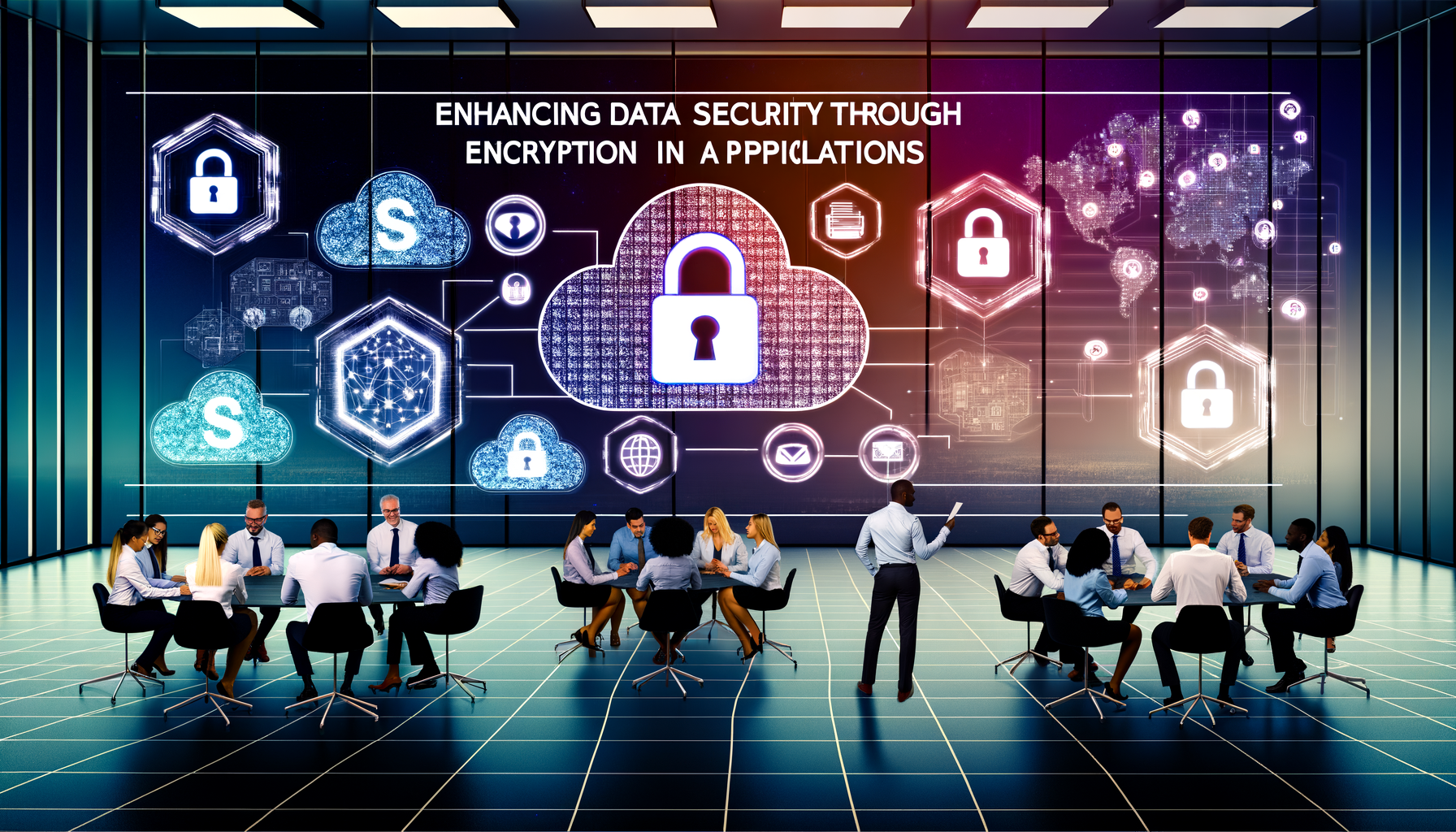
Enhancing Data Security through Encryption in SaaS
Introduction
In an era where data breaches are becoming alarmingly common, it’s imperative for us as SaaS providers to prioritize the safeguarding of sensitive customer information. Data security isn’t just an IT concern; it’s a core value that underpins the trust our customers place in our solutions. One of the most robust defenses against unauthorized access is encryption. But what exactly does it entail, and how do we seamlessly integrate it into our SaaS architecture while maintaining efficiency and user experience?
Understanding Encryption and Its Role in Data Security
Encryption is a security measure that transforms data into a coded format, making it unintelligible to anyone lacking the proper decryption key. Think of it as a sophisticated lock that requires the right key to access the treasure behind it. In the context of SaaS, encryption ensures that sensitive data remains secure in transit and at rest.
There are two primary forms of encryption:
- Symmetric Encryption: Uses a single key for both encryption and decryption. While it’s faster, the challenge lies in safely managing and distributing the key.
- Asymmetric Encryption: Involves a pair of keys—public and private. Data encrypted with a public key can only be decrypted with the corresponding private key, offering an additional layer of security albeit with a trade-off in speed.
Implementing Encryption in SaaS Applications
Embedding encryption into our SaaS model involves understanding both the technical requirements and the business implications. Here’s a step-by-step approach to get started:
1. Identify Sensitive Data
Not all data requires the same level of protection. It’s crucial to audit and categorize the data we handle, focusing initial encryption efforts on the most sensitive or legally protected information, such as personal identifiers, payment information, and proprietary company data.
2. Choose the Right Encryption Standards
Standards like AES (Advanced Encryption Standard) for symmetric encryption and RSA for asymmetric encryption are widely recognized for their robustness. Always use well-vetted algorithms to avoid vulnerabilities associated with less-known or older protocols.
3. Encrypt Data In Transit and At Rest
For data moving to and from our servers, use protocols like SSL/TLS to ensure secure transit. Meanwhile, deploy strong encryption techniques for data stored within our data centers, ensuring it remains protected even in the event of a breach.
4. Implement Key Management Best Practices
Effective key management is at the heart of a successful encryption strategy. We must establish protocols for key generation, distribution, storage, and rotation to ensure that encryption keys themselves are not vulnerable to theft or misuse.
Overcoming Challenges in Encryption Implementation
While encryption is a powerful tool, its implementation in SaaS comes with its share of challenges, primarily concerning performance and compliance:
- Performance Overhead: Implementing encryption can impact application response times. Balancing security and performance requires a smart strategy, like choosing efficient algorithms and optimizing software architecture.
- Regulatory Compliance: In industries with strict data protection regulations, such as healthcare and finance, ensuring compliance with standards like GDPR or HIPAA through encryption is essential, yet often complex.
Best Practices for Sustained Data Security
Beyond implementing encryption, maintaining robust data security in a rapidly evolving threat landscape requires ongoing commitment:
- Regular Security Audits: Conduct routine security evaluations to identify potential weaknesses in encryption protocols and overall data management strategies.
- Stay Updated: Keep abreast of the latest advancements in data encryption technologies and integrate updates swiftly to close any new vulnerabilities.
- Educate and Train: Our teams must understand the importance of data security and encryption, ensuring they are aware of best practices and how to implement them.
Conclusion
As we forge ahead in the SaaS landscape, embedding encryption into our data security strategy is non-negotiable. It’s not merely about protecting assets; it’s about honouring the trust and confidence our clients place in us. By integrating robust encryption practices and continually adapting to technological advancements, we can ensure a secure environment where innovation and user security coexist harmoniously. I encourage everyone to dive deeper into these practices and explore how we can make our digital ecosystem safer for all. For more insights into SaaS security and entrepreneurship, follow along as we navigate these transformative times together.
